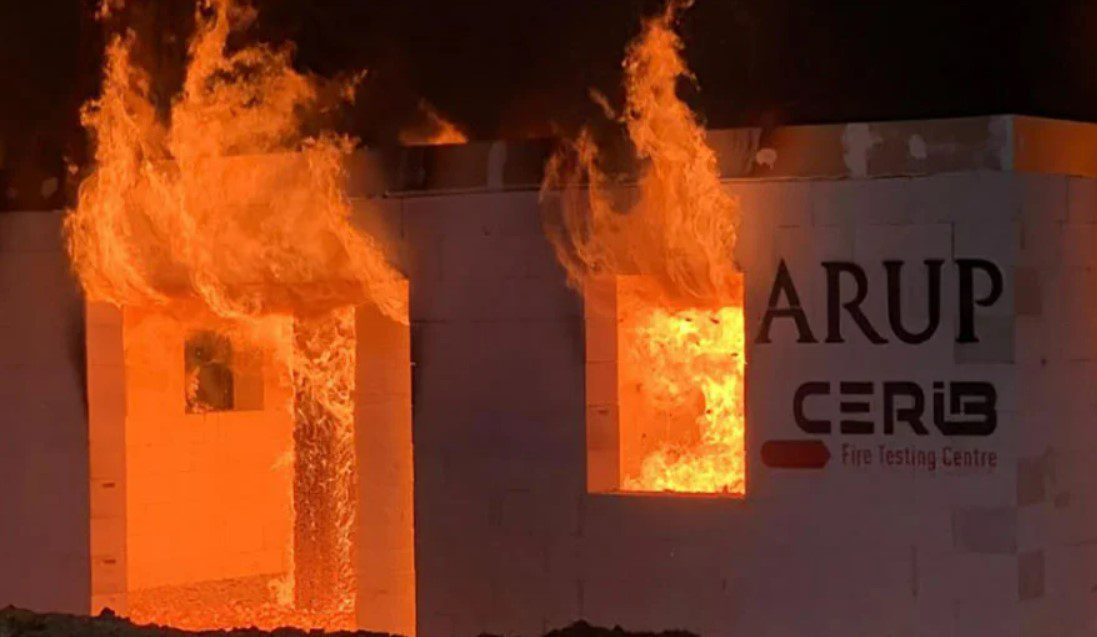Large compartment fire experiments: expanding knowledge of building safely with timber

News Detail

Year:
2023
Country:
Global
Source:
ARUPThe environmental impact of construction is unsustainable in our warming world. Faced with the high carbon footprint of concrete and steel production, timber is becoming a compelling third option. Properly managed over its lifecycle, timber is a natural way to lock up carbon and unlock sustainable design. But as architects and engineers explore the speed, quality and human appeal of this sustainable material for larger and taller structures, fire safety standards and codes are yet to evolve to support low embodied carbon structures.
We are contributing to the growing body of knowledge by testing the fire performance of timber and sharing our insights as we all work to develop a safe, low-carbon future for buildings.
Testing resilience, at scale.
Cross-Laminated Timber (CLT) and glulam are the most affordable, efficient and flexible form of timber used for construction. Previous fire performance tests for these materials have focussed on structures under 90m2, the equivalent of an eight-person office. If timber is to make a full contribution to sustainable design for offices, educational and residential buildings, we need to consider its performance in much larger compartments.
Our fire safety team has been working at CERIB – a professional fire test facility in France – on a series of full-scale fire experiments using a 380m2 combustible compartment, with input from Hazelab at Imperial College London. That size of compartment represents an office of approximately 40 people.
The experimental series comprised four experiments, with the first occurring on 10 March 2021, concluding with the fourth experiment on 14 December 2021. We were joined at CERIB by observers from the French Fire Prevention department and the Paris Fire Brigade.
The design of the building at CERIB allowed us to vary both fuel load and ventilation to more fully understand how timber performs in a fire as we deconstruct, rebuild and re-instrument the structure.
